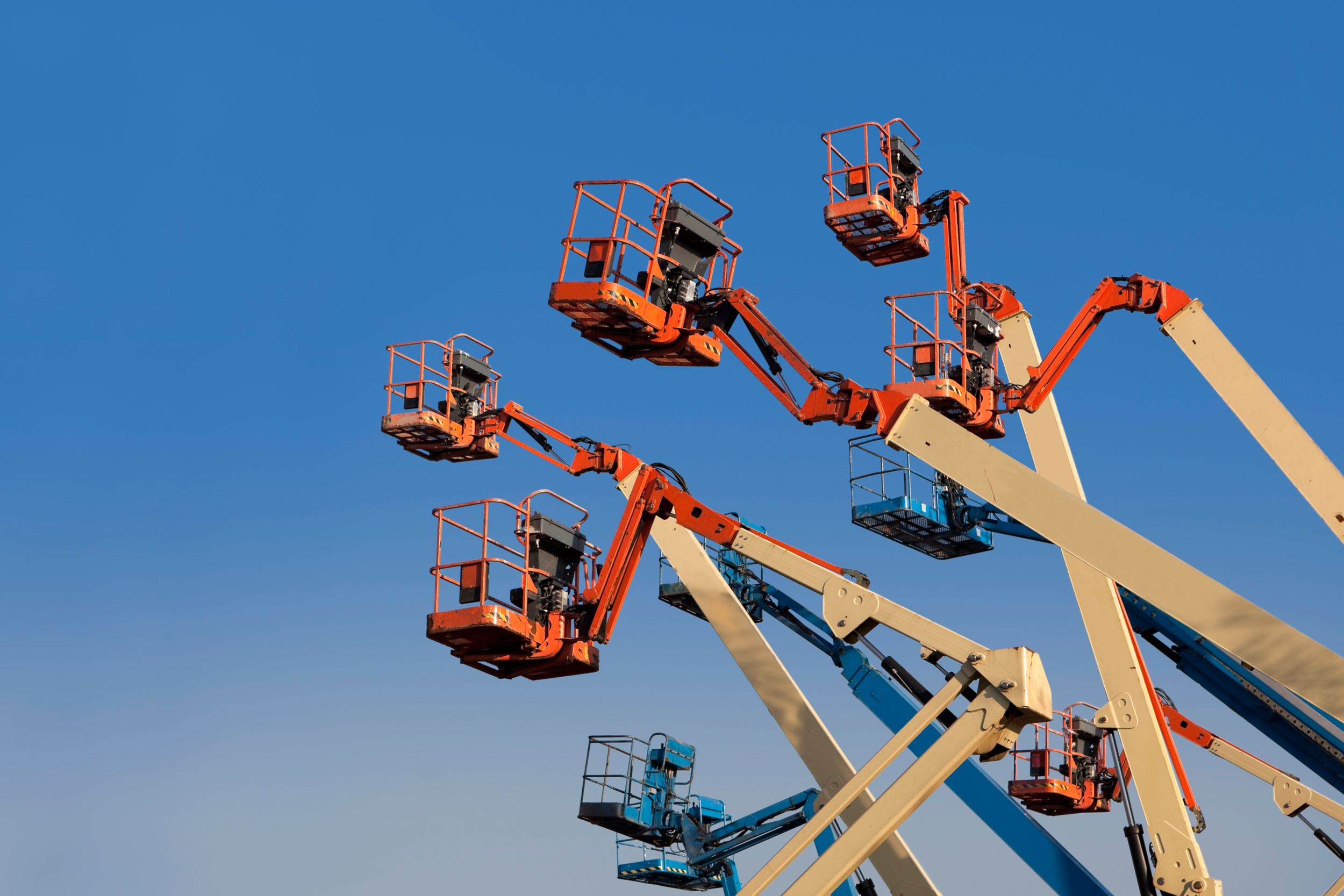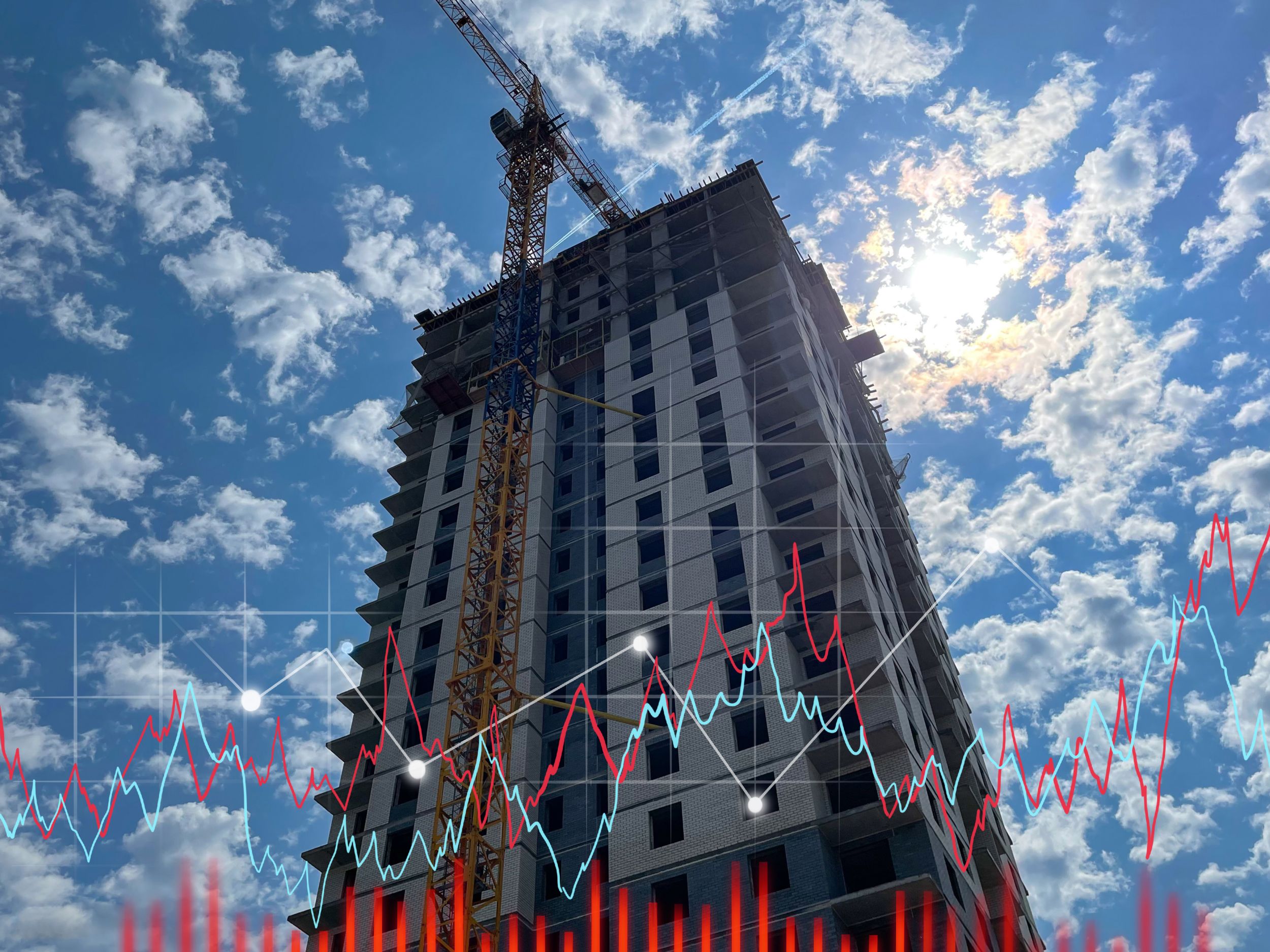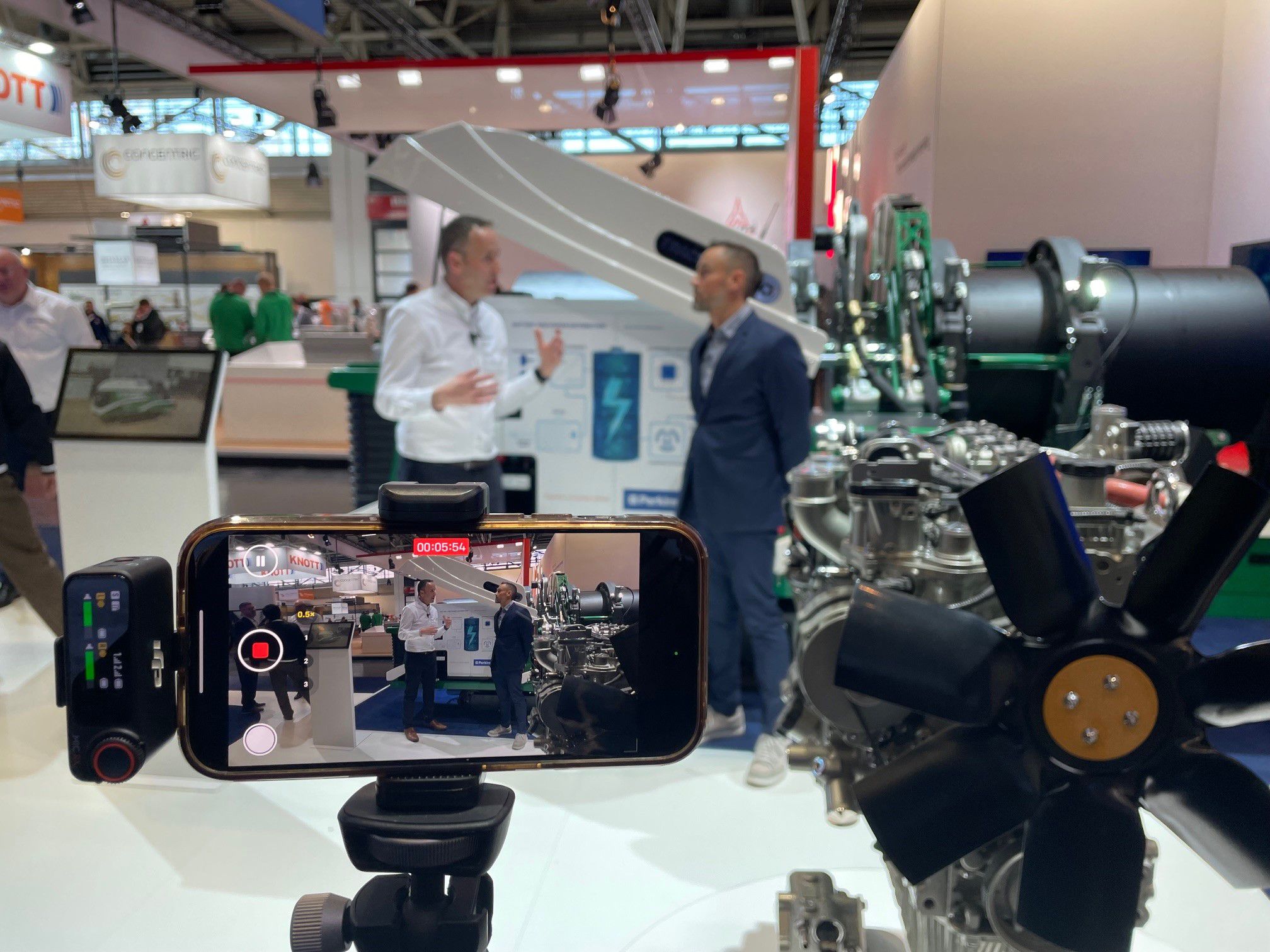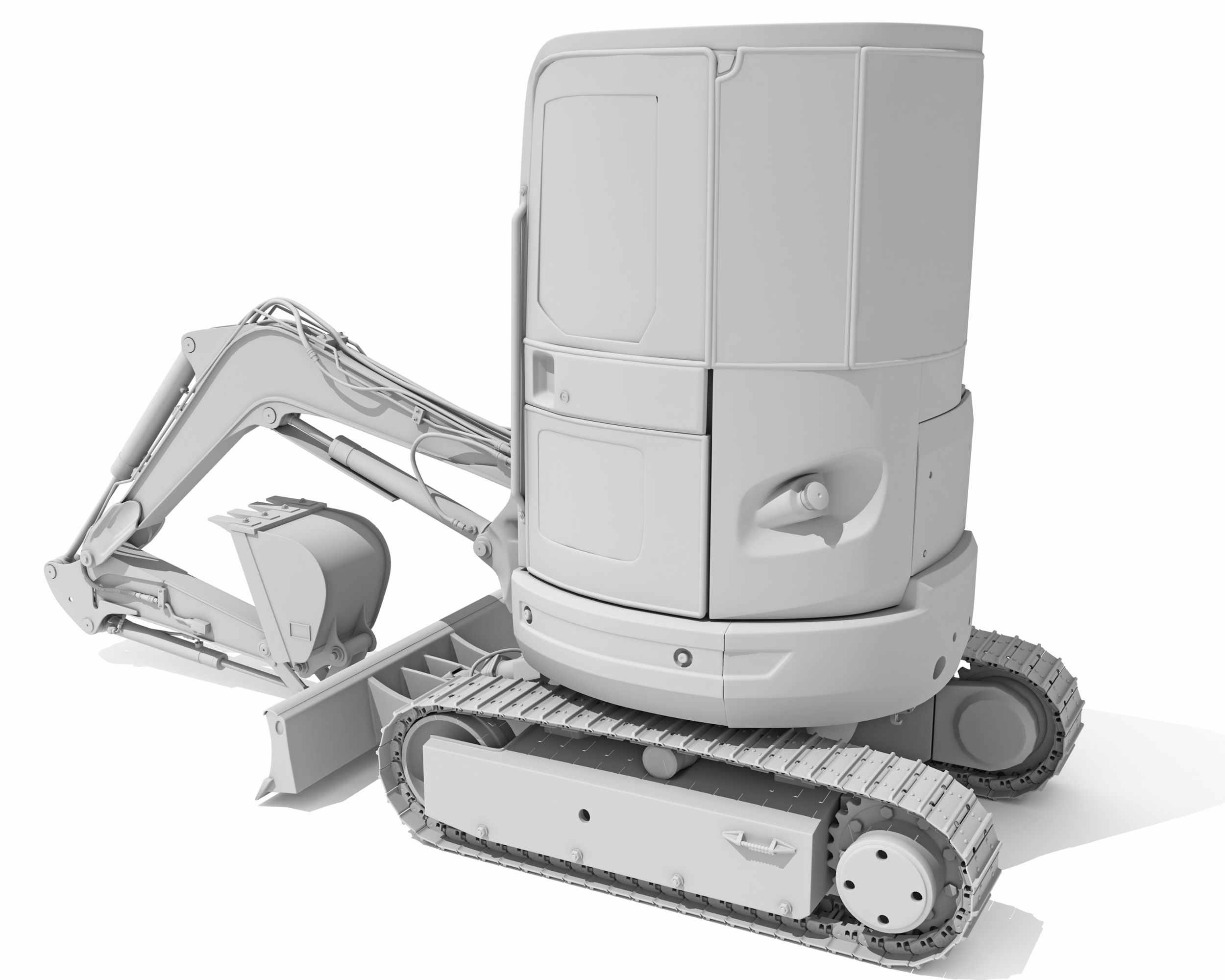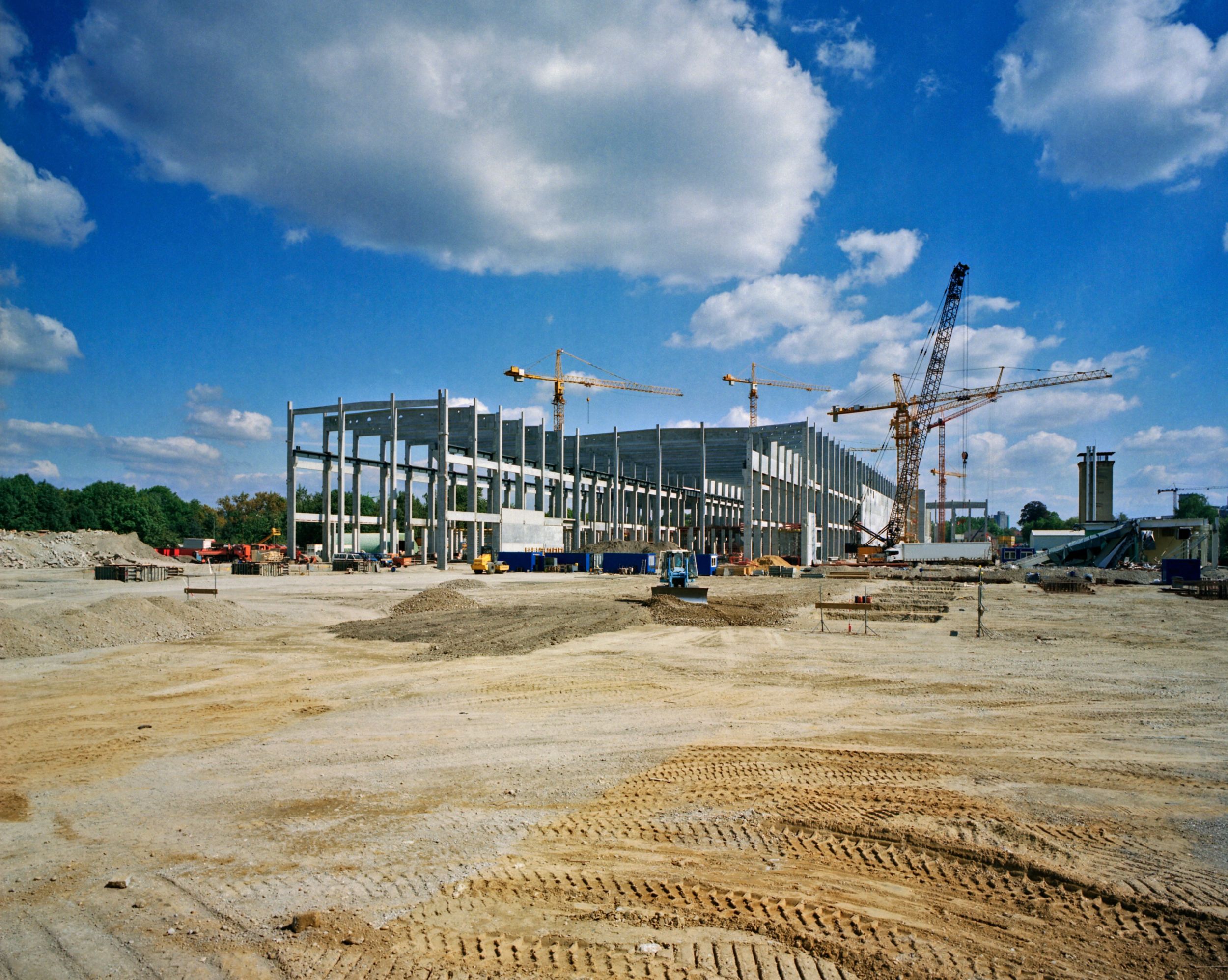Locating buried objects with ground penetrating radar (GPR) may sound like science fiction, but the first practical pulse radar unit actually was patented in 1926. Today, GPR is an important tool used to find everything from buried utility lines and fibre optic cables to abandoned mines and sinkholes.
Knowing what’s below the surface and exactly where it is can make a major difference on a construction site. As a recent article in International Construction notes, a relatively simple GPR survey can locate a gas line, buried cable or other infrastructure under a major roadway.
Just knowing that something is there could avoid an unnecessary road closure plus significant downtime and the resulting economic impact on the surrounding area.
While the technology is not perfect, accuracy can be impacted by soil moisture and material content, it is easy to use, non-invasive, and relatively inexpensive.
Compared to finding a subterranean ‘surprise’ it’s also invaluable.
Reporting says a slowing economy saw sales decline by 21 percent in 2024.
Learn MoreVarious industry groups are reporting the signals to be very mixed.
Read moreAn influencer can link OEMs with the people who will use the equipment.
Read moreThe rental market is influencing new mini excavator design.
Read moreSunbelt Rentals will be the official equipment provider for the games.
Read moreWhat impact will the recently announced 25 percent U.S. tariffs have on the global generator set market?
Read moreA recent article in Compact Equipment magazine explored the difference and offered some guidelines for selecting the best balance for various applications.
Read moreThe Construction Index reports that April marked the third consecutive month of construction output growth in Great Britain according to the Office for National Statistics.
Read more
